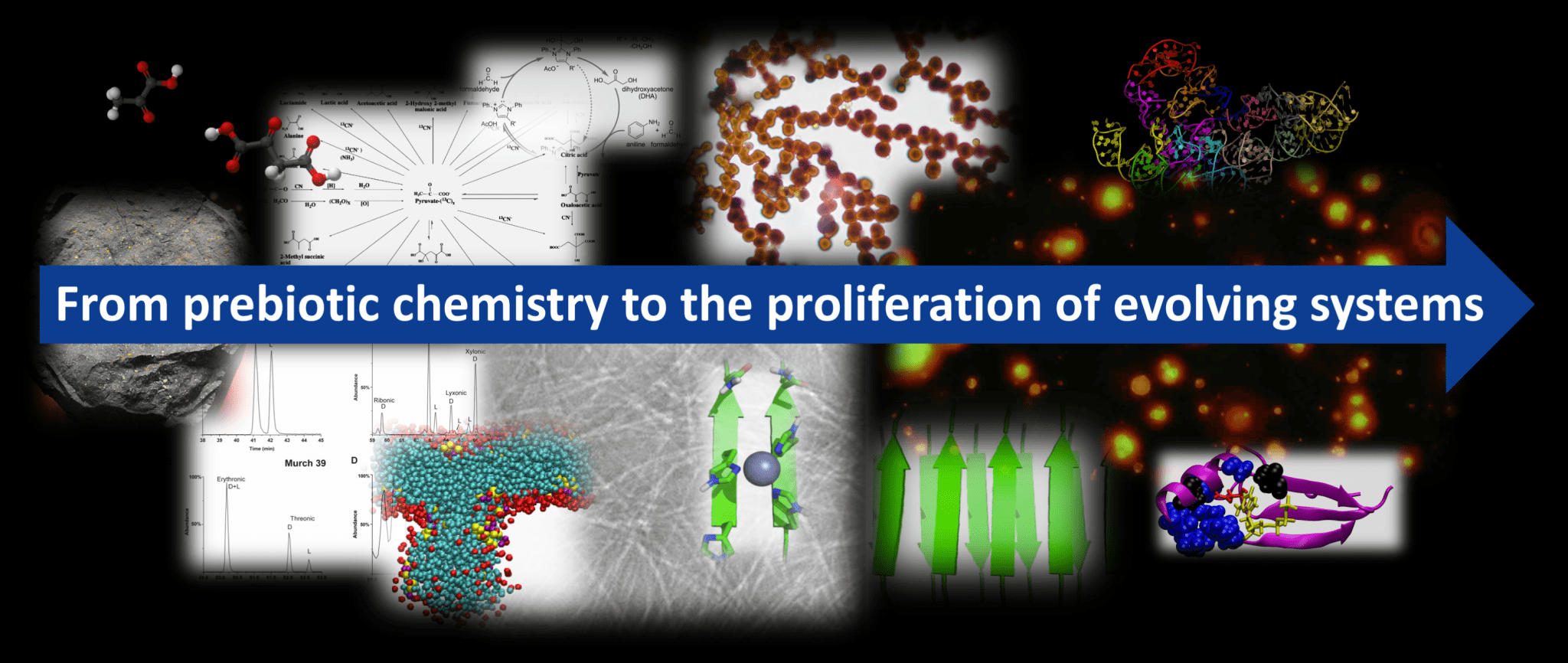Cosmochemistry
Carbonaceous meteorites, approximately 4.6 billion years old, are among the earliest formed bodies in the solar system. Their content of organic carbon ranges from an insoluble kerogen-like macromolecular phase to a suite of soluble compounds ranging from non-polar hydrocarbons to water-soluble amino acids and sugar derivatives. This organic carbon is therefore an indicator of chemical processes that occurred before the dawn of life on Earth and possibly lead to life itself. By studying carbonaceous meteorites and the origin and fate of their organic compounds we begin to understand the general process of chemical evolution of organic molecules from interstellar space to their incorporation into planetesimals here and likely in other planetary systems. This pursuit also advances our knowledge of the chemical and physical processes in the distant past that might have had significant roles in the development of life in multiple locales in the universe.
Recent work by CEL scientists in cosmochemistry
- Nuevo, M., Cooper, G., & Sandford, S. A. (2018). Deoxyribose and deoxysugar derivatives from photoprocessed astrophysical ice analogues and comparison to meteorites. Nature Communications, 9(1), 5276. pdf
- Cooper, G., Rios, A., & Nuevo, M. (2018). Monosaccharides and their derivatives in carbonaceous meteorites: A scenario for their synthesis and onset of enantiomeric excesses. Life, 8(3), 36. pdf
- Cooper, G., & Rios, A. C. (2016). Enantiomer excesses of rare and common sugar derivatives in carbonaceous meteorites. Proceedings of the National Academy of Sciences, 113(24), E3322-E3331. pdf
Additional work by members of CEL can be found on our publications page

























